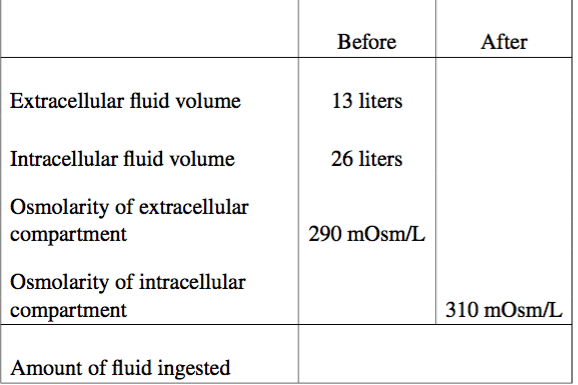meenutheeagle3135121472
5 Followers
0 Following
5 Helped
1 May 2023
Answer: Step-by-step explanation:Here are some steps to become a software engi...
1 May 2023
Answer: Step-by-step explanation: Software engineering plays a crucial role in...
1 May 2023
Answer: Step-by-step explanation: The value of female labor can vary depending...
1 May 2023
Answer: Step-by-step explanation: 1. Inhabitant - a person or animal that live...
1 May 2023
Answer: Step-by-step explanation: A watershed is an area of land where all of ...
1 May 2023
Answer: Step-by-step explanation: Python is a high-level, interpreted programm...
1 May 2023
Answer: Step-by-step explanation: Here is the Java code to solve the problem o...
1 May 2023
Answer: Step-by-step explanation: Spring Boot is an open-source framework buil...
16 Mar 2023
Answer: Step-by-step explanation: First, we need to determine the time to deli...
16 Mar 2023
Answer: Step-by-step explanation: (a) To calculate the conversion factors for ...
16 Mar 2023
Answer: Step-by-step explanation: To design a swap that is equally attractive ...
16 Mar 2023
Answer: Step-by-step explanation: Imperialism refers to a policy or practice o...
16 Mar 2023
Answer: Step-by-step explanation: Indian history is a vast and diverse subject...
15 Mar 2023
Answer: Step-by-step explanation: Extracellular fluid volume Intracellular flu...
15 Mar 2023
Answer: Step-by-step explanation: First, let's calculate the number of moles o...
15 Mar 2023
Answer: Step-by-step explanation: After the infusion equilibrates with the blo...
15 Mar 2023
Answer: Step-by-step explanation: It seems like the question is incomplete. Co...
15 Mar 2023
Answer: Step-by-step explanation: To answer this question, we need to consider...
15 Mar 2023
Answer: Step-by-step explanation: Predict the direction of change (increase, d...
15 Mar 2023
Answer: Step-by-step explanation: a. Ms. M.B.'s plasma osmolarity after the in...
15 Mar 2023
Answer: Step-by-step explanation: When Ed administered 1 L of sterile distille...
15 Mar 2023
Answer: Step-by-step explanation: To solve this problem, we need to use the pr...
15 Mar 2023
Answer: Step-by-step explanation: This is a quote from Immanuel Kant's book, "...
15 Mar 2023
Answer: Step-by-step explanation: To make an isotonic intravenous solution, th...
15 Mar 2023
Answer: Step-by-step explanation: c. The root will lose water to the outside s...
15 Mar 2023
Answer: Step-by-step explanation: The net water flow will be out of the root t...
15 Mar 2023
Answer: Step-by-step explanation: When we double the concentration of sucrose ...
15 Mar 2023
Answer: Step-by-step explanation: The plant that requires 15 bars of pressure ...
15 Mar 2023
Answer: Step-by-step explanation: The water potential (Ψ) of the plant cell ca...
15 Mar 2023
Answer: Step-by-step explanation: b.) Water will flow into the cell. The cell ...
15 Mar 2023
Answer: Step-by-step explanation: A) N, P, K; obtained from the soil. A) It is...
15 Mar 2023
Answer: Step-by-step explanation: The movement of water from one region to ano...
15 Mar 2023
Answer: Step-by-step explanation: Assuming that there is no water movement bet...
15 Mar 2023
Answer: Step-by-step explanation: Root hairs are present in the zone of matura...
15 Mar 2023
Answer: Step-by-step explanation: When it comes to the philosophical giants of...
15 Mar 2023
Answer: Step-by-step explanation: During the transition into torpor, thermogen...
15 Mar 2023
Answer: Step-by-step explanation: The correct answer is a. Plants such as bean...
15 Mar 2023
Answer: Step-by-step explanation: A. The selective plate used in the Ames test...
15 Mar 2023
Answer: Step-by-step explanation: A. The selective plate used in the Ames test...
15 Mar 2023
Answer: Step-by-step explanation: In this scenario, I would expect the species...
